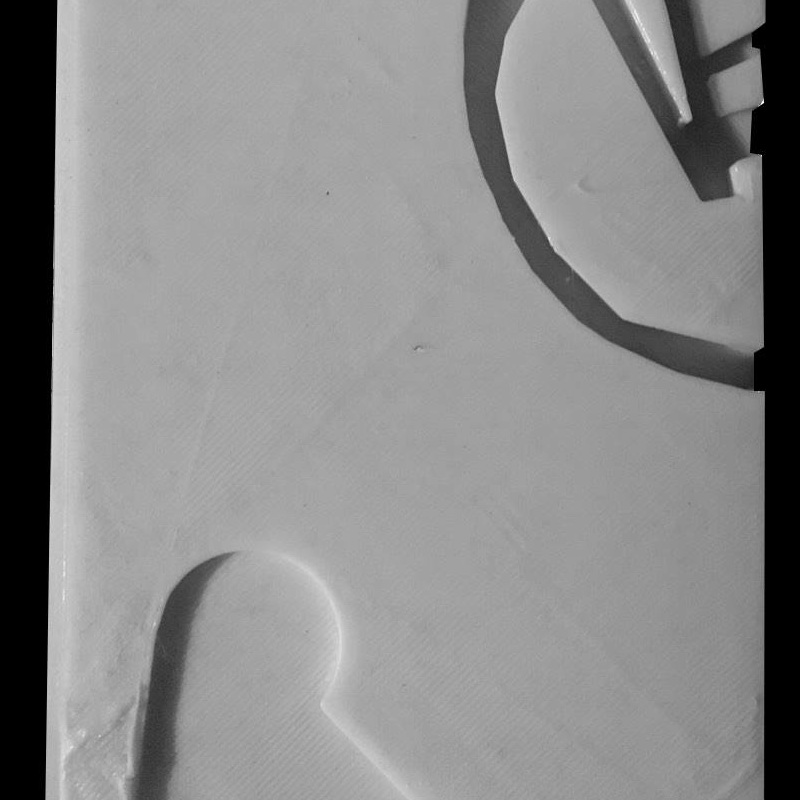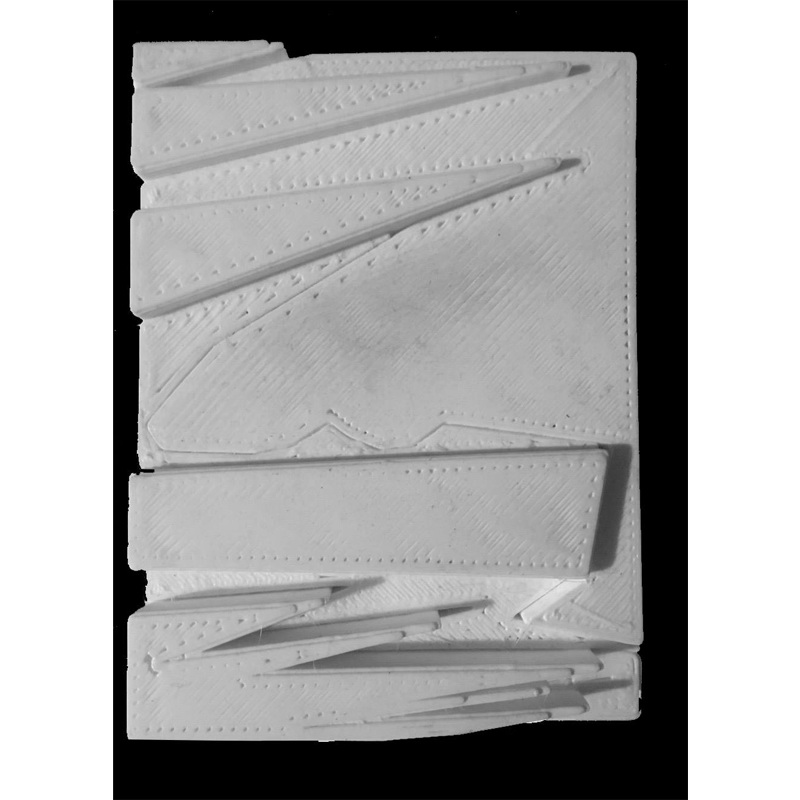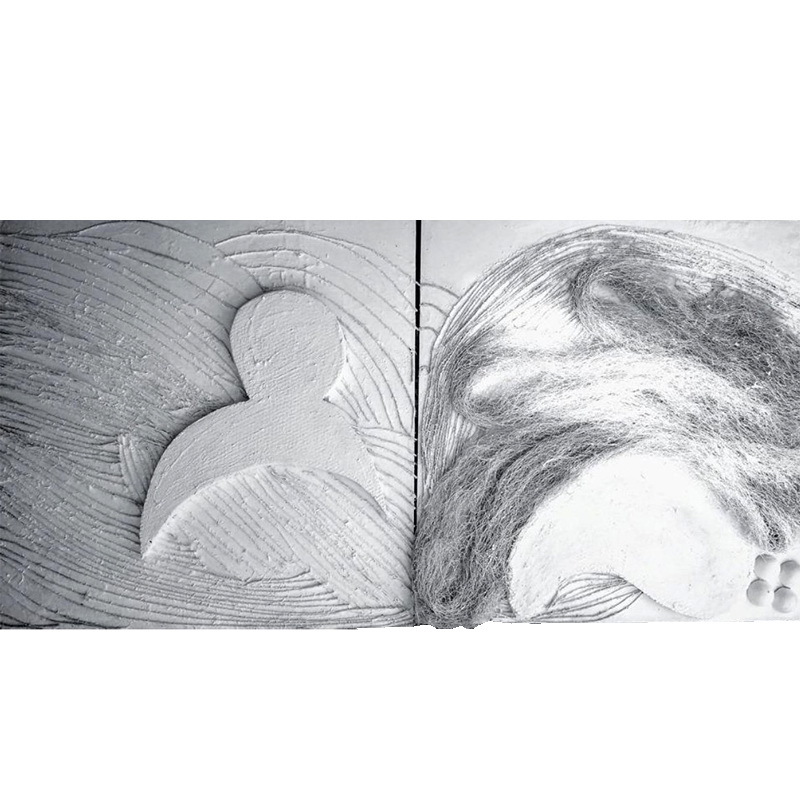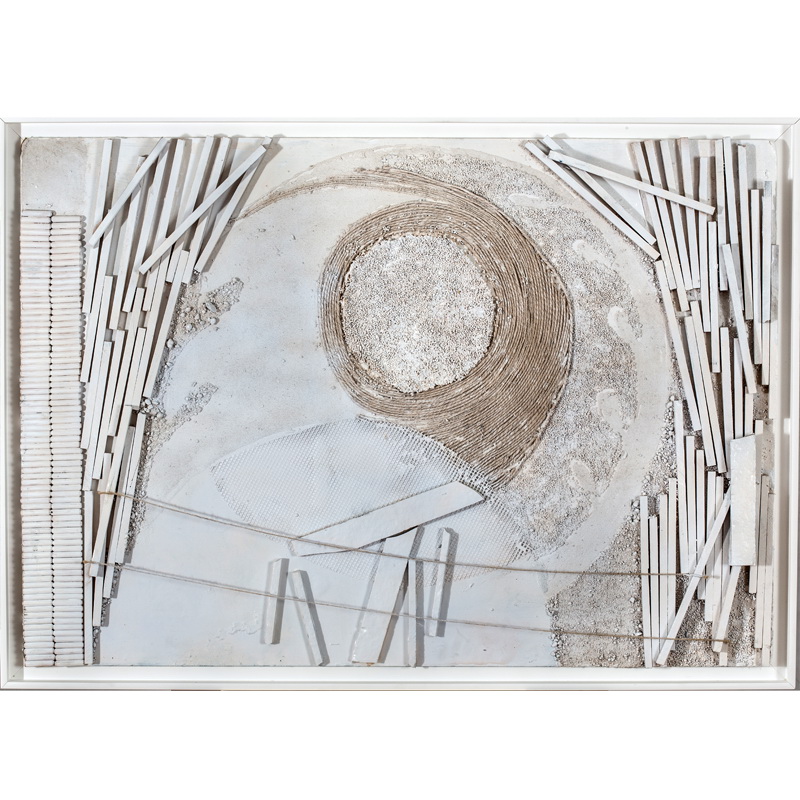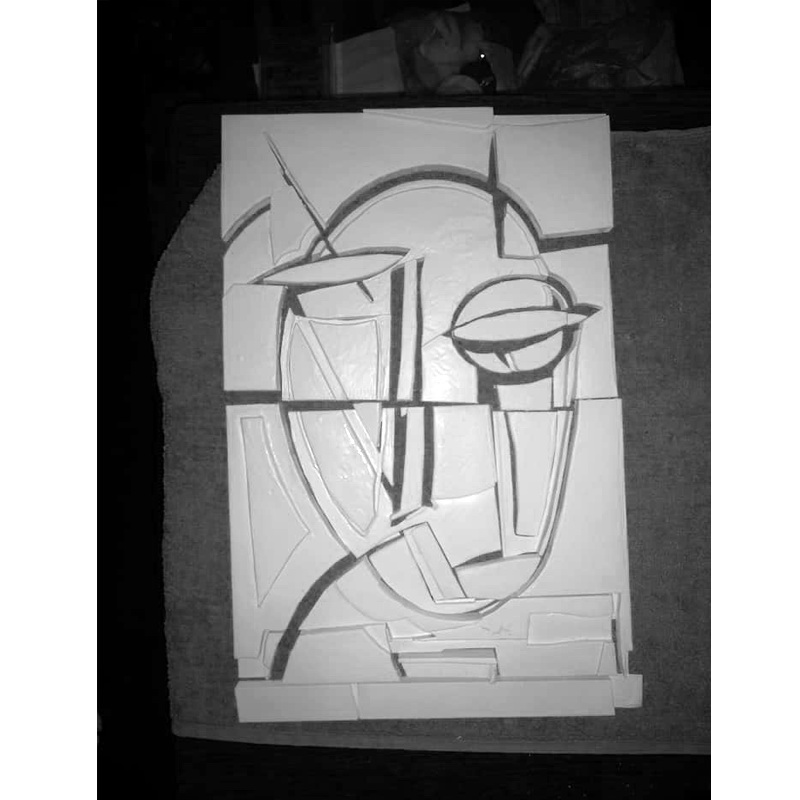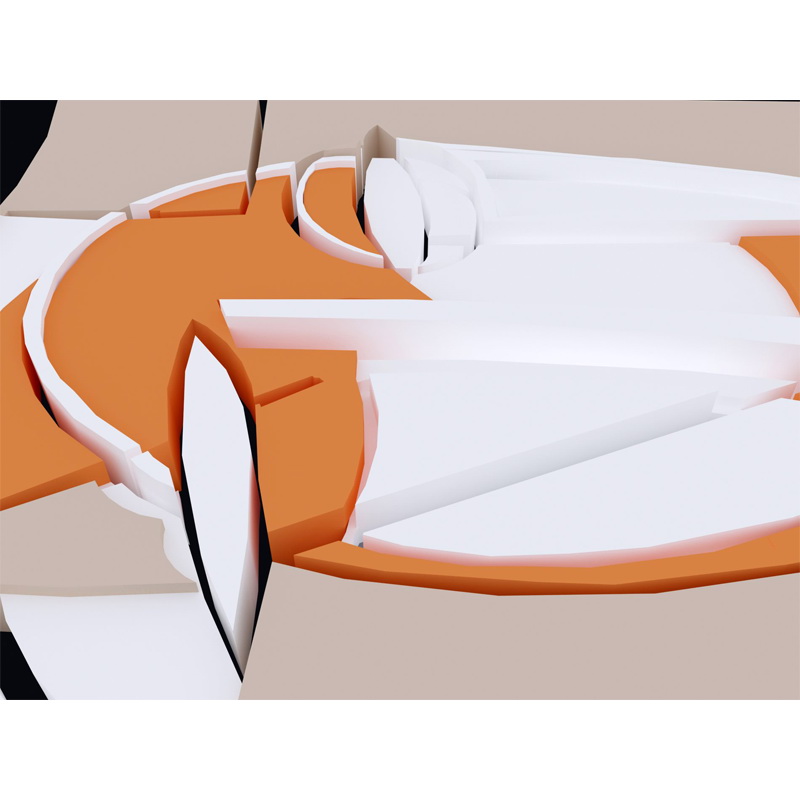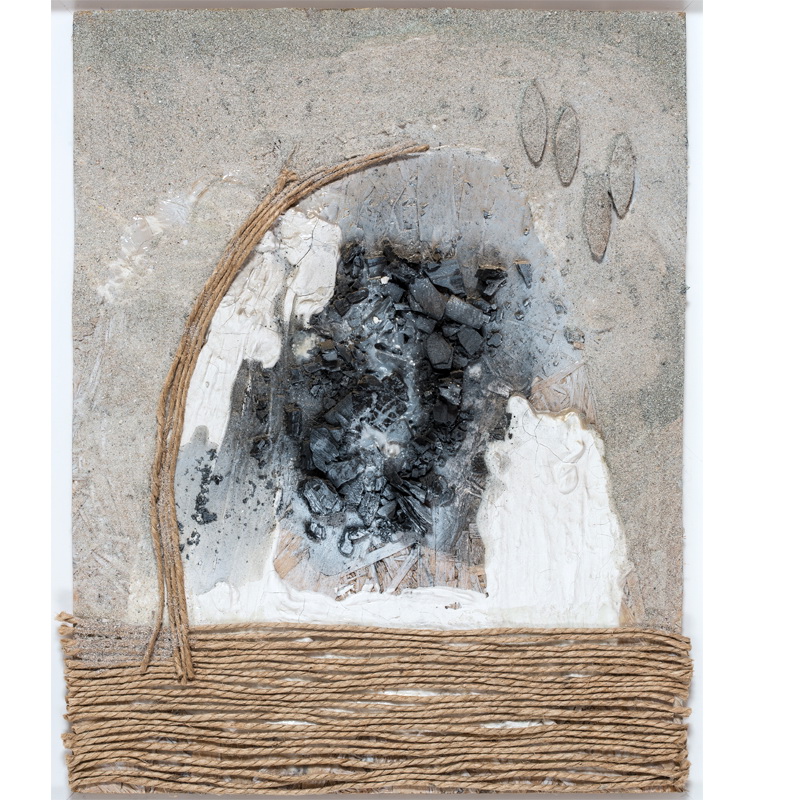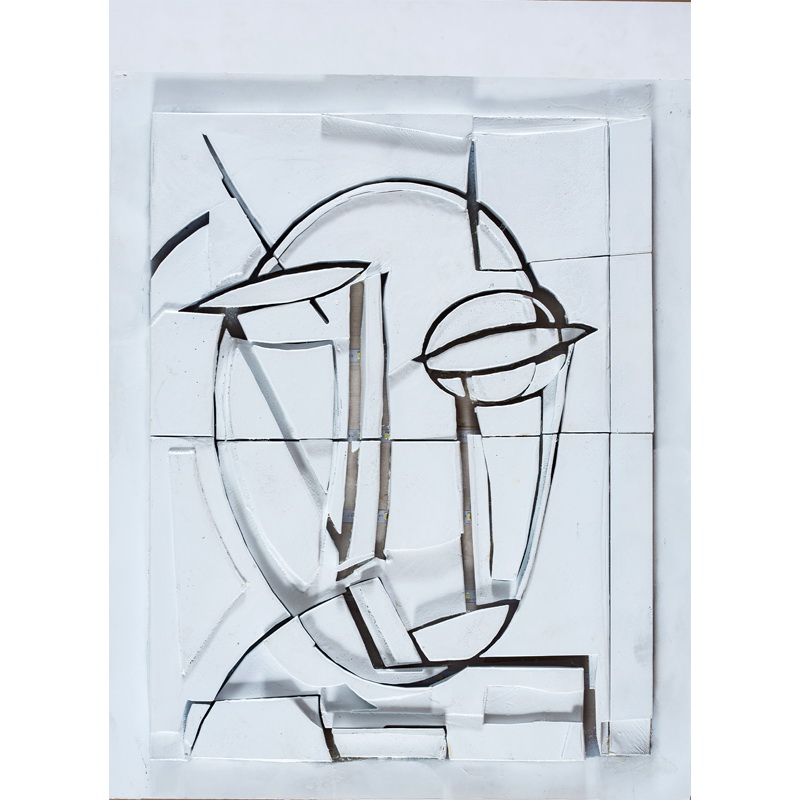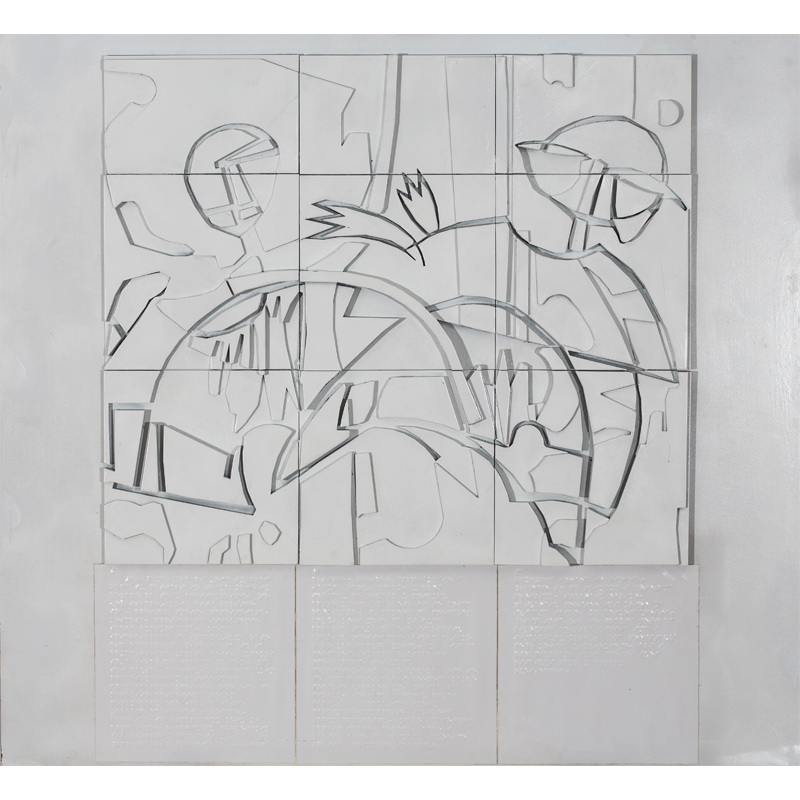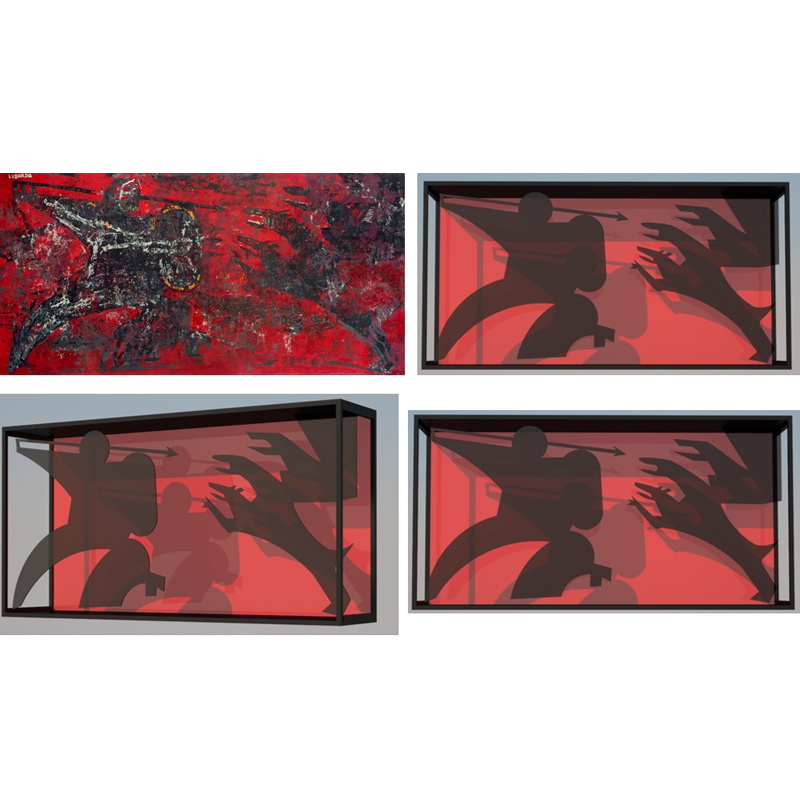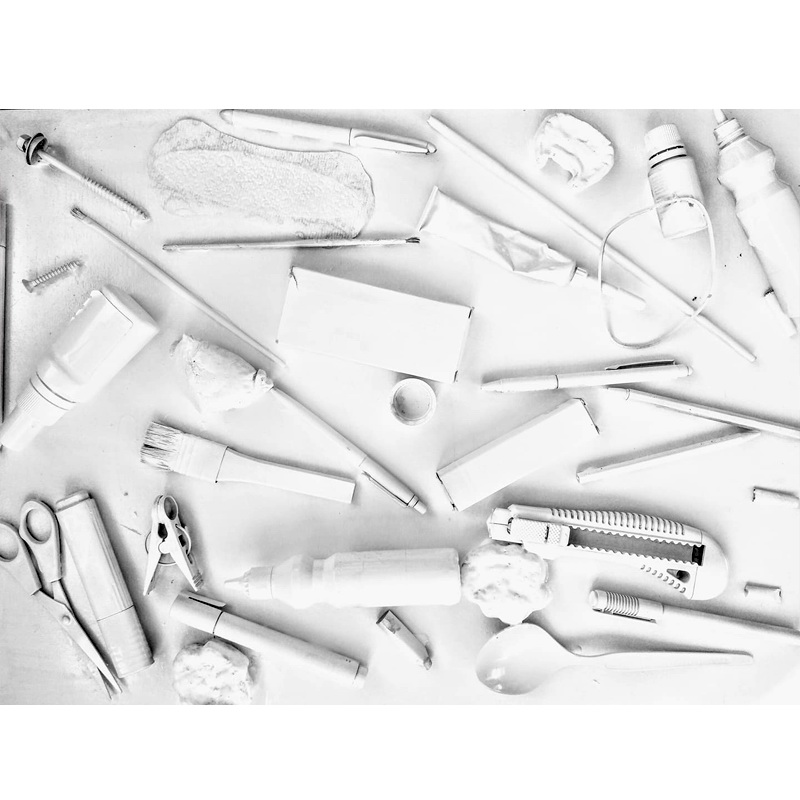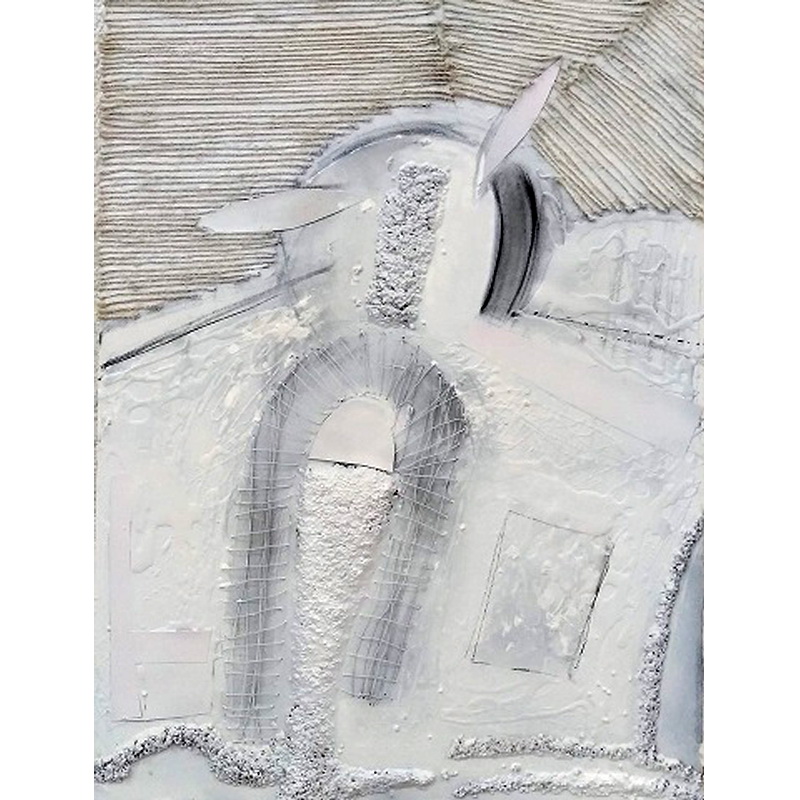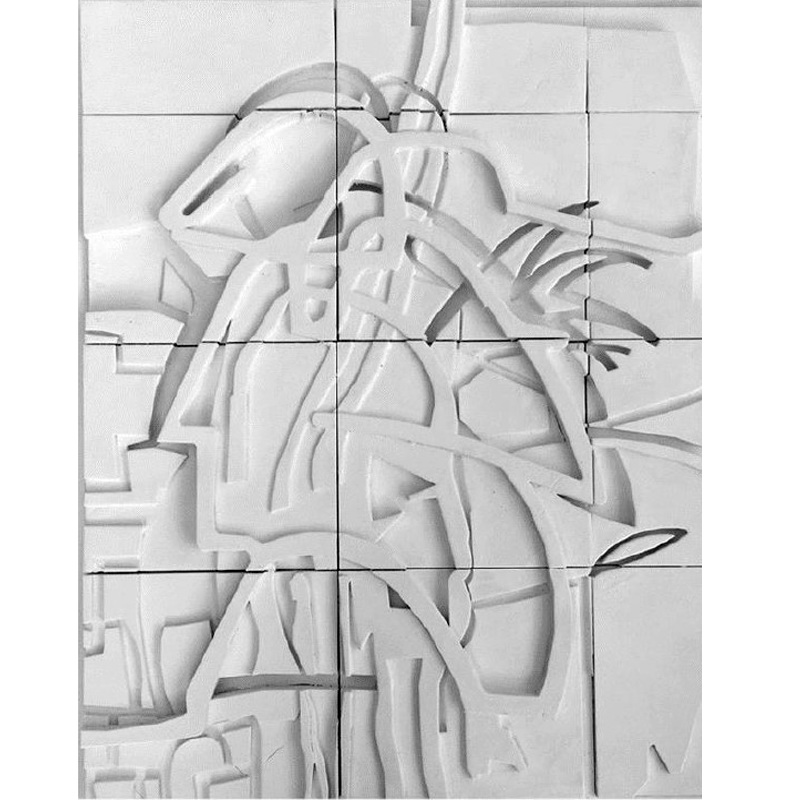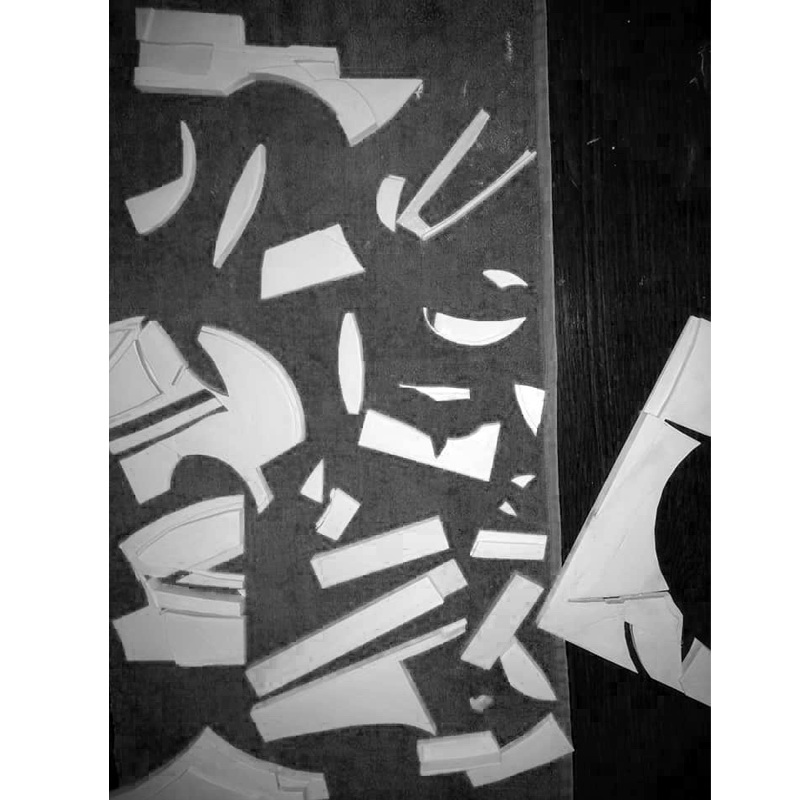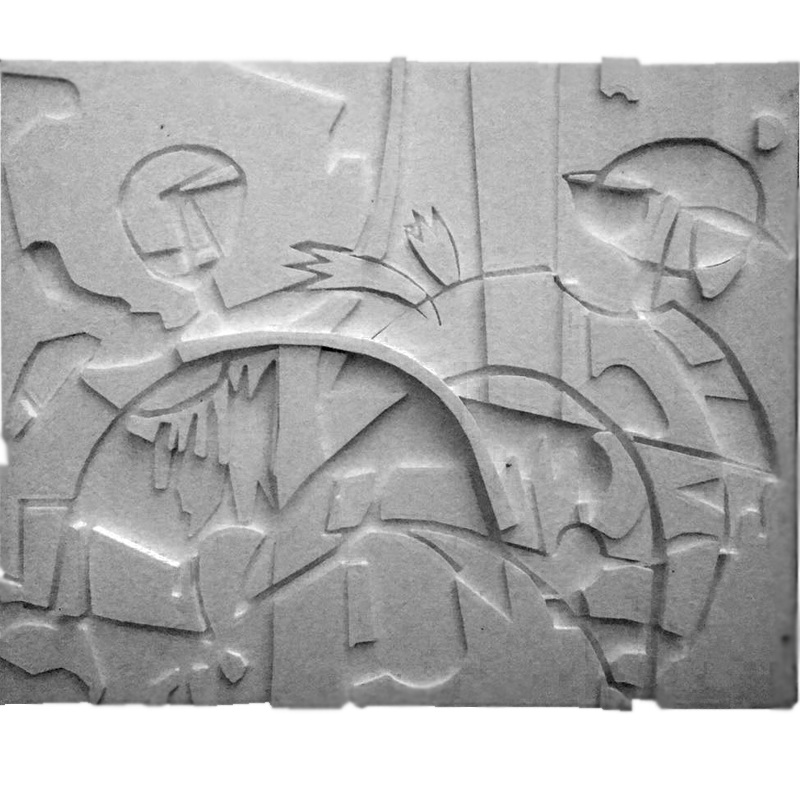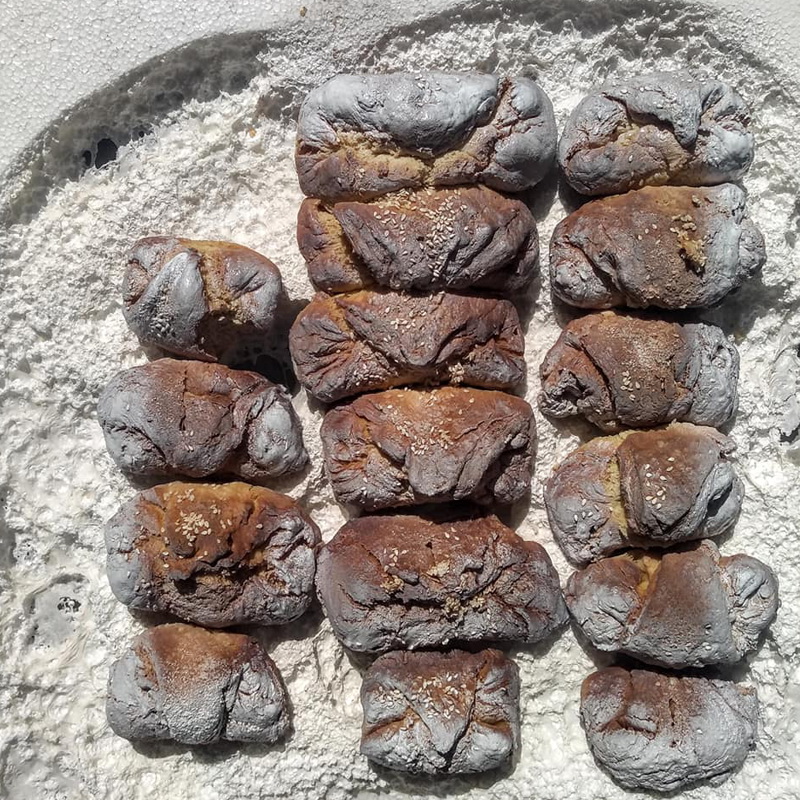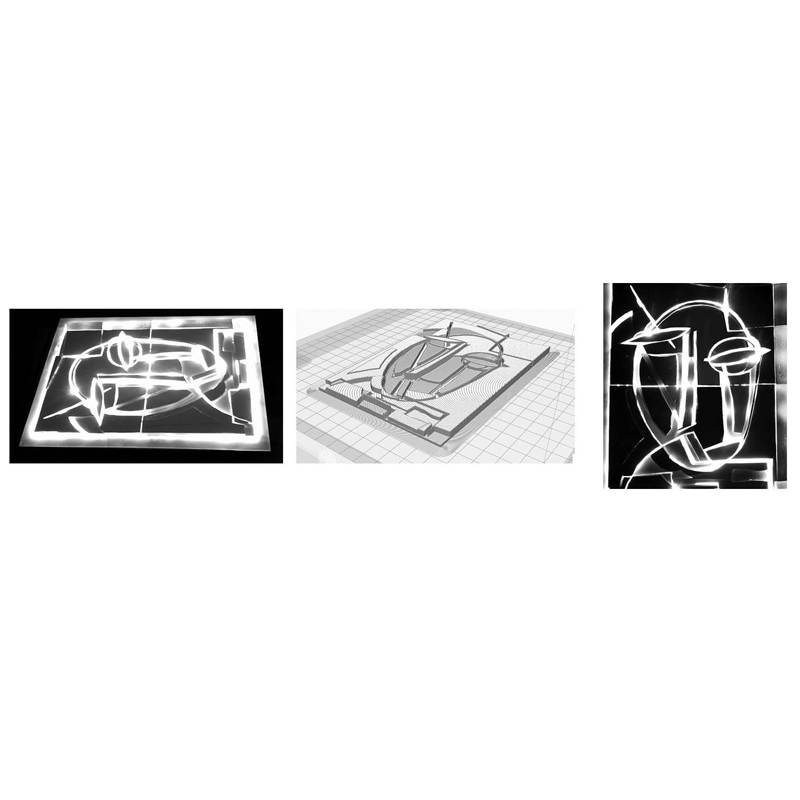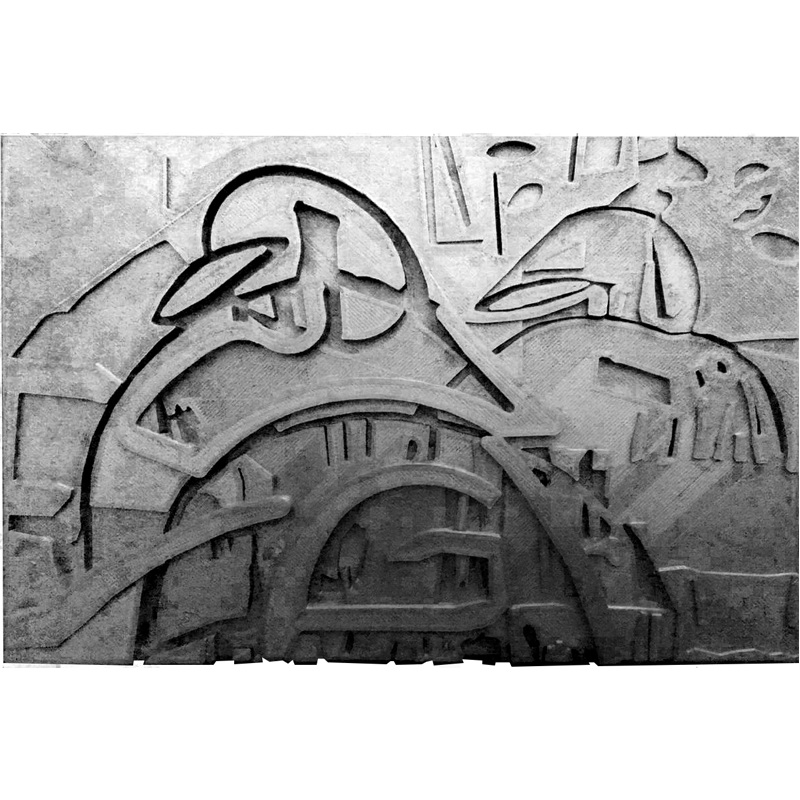3D models
3D models
TRANSFER
My idea in this work is to reinterpret2D images into 3D printed modelsto bring the art closer to the blind and the visually impaired audience. For each of the shapes that a blind or a partially sighted person touches, they will have a complete picture of it, in relation to itself and in relation to other shapes around it, so that in the end he will be able to recognize and better understand the whole of the picture, the art movement, the artist’s signature and finally the entire exhibition. The reinterpretation of classical art into digital art was taken as the basic framework within which I moved using two concepts: classical and digital. Both terms represent different epochs, in which the term classical art implies a much longer period of time, and it is more difficult to use it without opting for a shorter period of time in which the visual sign imposed itself as dominant in relation to some other iconographies of wider classical heritage. The old terminology has become unusable, so it can be logically concluded that the legacy of the old visuals can be more difficult to use. My research is based on classical beauty, which does not show a man as he is, but represents him as a special ideal that harmonizes the within and the without. I am especially interested, but I am especially interested in the aesthetics of classical art and the possibility of its transfer into digital art. The notion of appropriation can be better used here, that is, how the aesthetics of the classical art is used in the digital age. We define apportion as an instrument of transferring elements from one system of meaning or artistic discourse into another, ie as an act of creation that strategically reaches for existing, artistic or non-artistic, creations as a material for the constitution of a new artistic creation. Appropriation is a creative procedure that implies a heterogeneous set of languages, genres, techniques, media, but also cultural requirements in the creation of new works of art. Our body and the body of art have begun to settle within new platforms.

